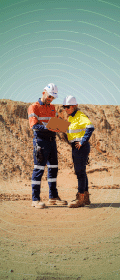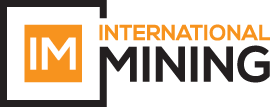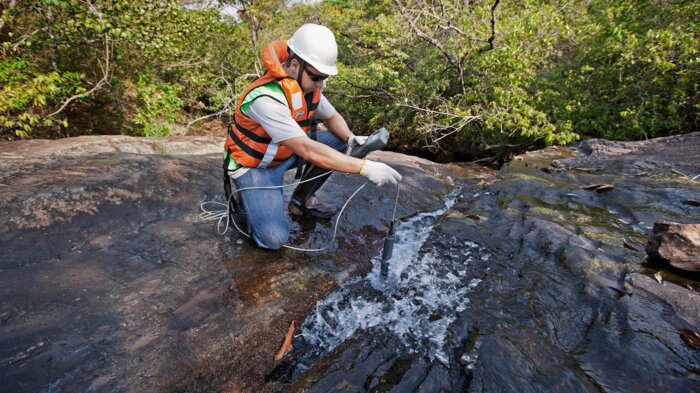Today, ICMM and the International Network for Acid Prevention (INAP) have launched a new resource to help mining companies prevent and reduce water pollution caused by acid rock drainage (ARD) and metal leaching (ML) from mines.
This tool aims to safeguard water quality while reducing long-term remediation costs, supporting more sustainable practices across the industry, ICMM says.
Acid rock drainage and metal leaching are natural processes that occur when sulphide minerals in rocks are exposed to air and water, producing sulphuric acid. When waste material that contains sulphide minerals is not managed in the right way on mine sites, these natural chemical processes can accelerate, resulting in highly acidic water that can leach metals from the rock into the surrounding environment. Preventing and managing the impacts of ARD and ML requires informed, site-level planning from the earliest stages of a mine’s operation through to its closure, ICMM states.
The ‘Tool for Acid Rock Drainage and Metal Leaching Prevention and Management’ provides a comprehensive framework to improve how mining companies manage materials throughout the mining lifecycle – from exploration through to post-closure – as they work to prevent the release of highly acidic or metal-rich water from the process, the company says.
Designed to complement INAP’s Global Acid Rock Drainage (GARD) Guide, the tool makes its technical content more accessible to non-specialist audiences working both at operational mine sites and at a corporate level. An additional Excel-based function allows users to quickly navigate and filter through a large volume of technical information, delivering relevant outputs on a single page tailored to specific lifecycle stages and practice areas.
Dr Emma Gagen, Director, Environment, ICMM, says: “Water is a precious shared resource with immense environmental, social, cultural and economic value. As demand for transition minerals and metals grows, our industry must prioritise robust measures, at the earliest stages of planning, to prevent water contamination and land degradation. This is an urgent challenge that requires a proactive approach.
“We hope that ICMM and INAP’s new tool will accelerate progress in preventing and managing ARD and ML. By improving integration of practices and decision making at both corporate and site levels, it can help ensure greater accountability and more effective long-term management across the industry.”
Dr Paul Brown, Board Chair, INAP, says: “INAP’s vision is to drive leading practice in acid and metalliferous drainage risk management, so that mining companies can operate sustainably in their respective environments across the life of asset cycle.
“This new tool is tailored to meet the vision and will aid mining companies progress the prevention and management of ARD and ML. The linkage between corporate and operational management is a key strategy for achieving more effective management of ARD and ML over the long-term.”
ICMM has a long-standing commitment to water stewardship. In 2017, ICMM published its Water Stewardship Position Statement, which requires members to implement strong water governance, manage water at operations efficiently and collaborate with stakeholders at a catchment-level to achieve responsible and sustainable water use.
This latest resource builds on ICMM’s collaborative efforts to address water stewardship challenges across the mining and metals industry, including the publication of the Water Reporting Good Practice Guide and the Water Stewardship Maturity Framework.










